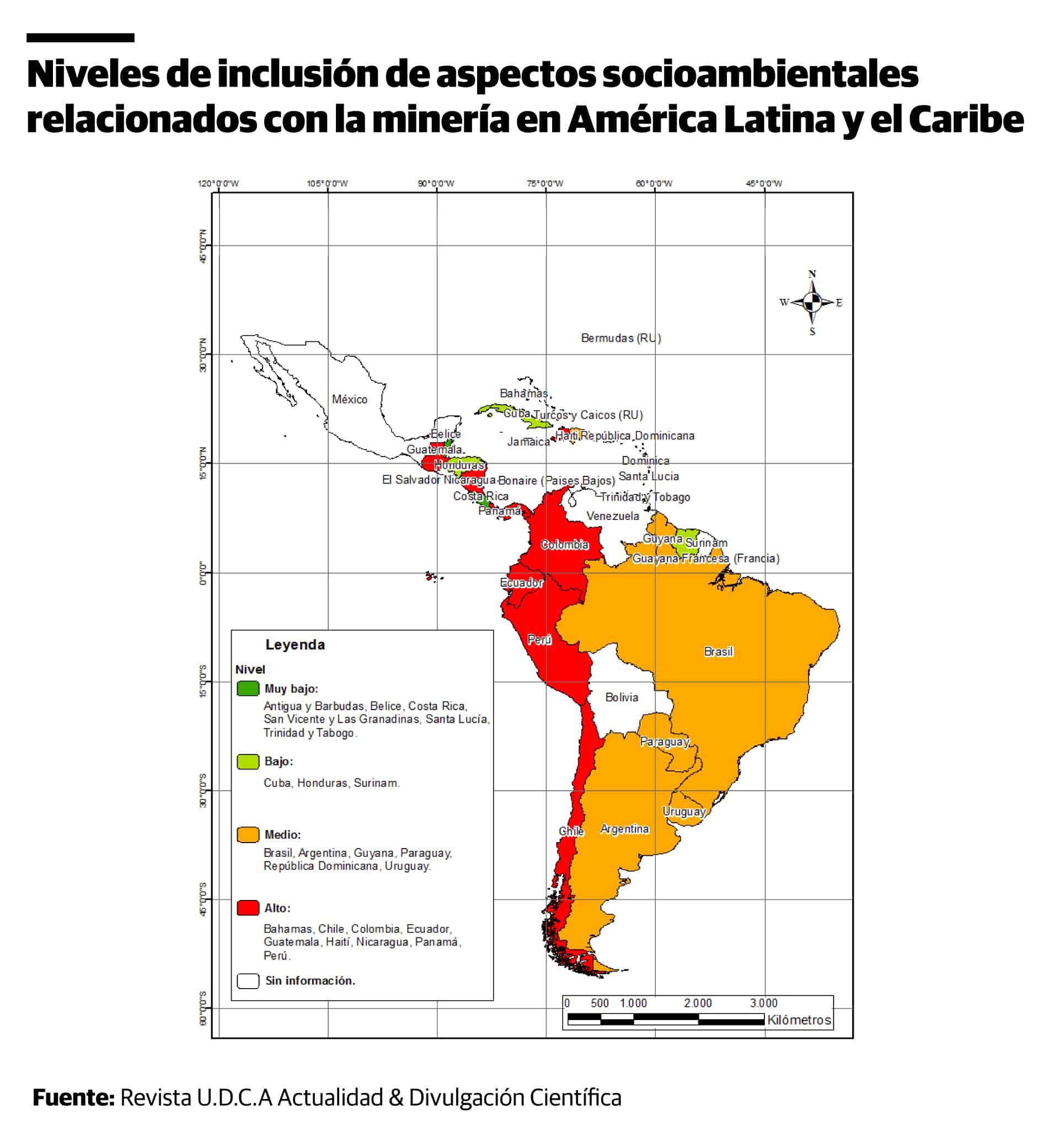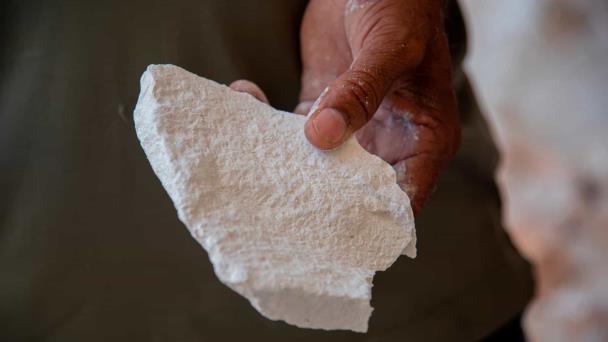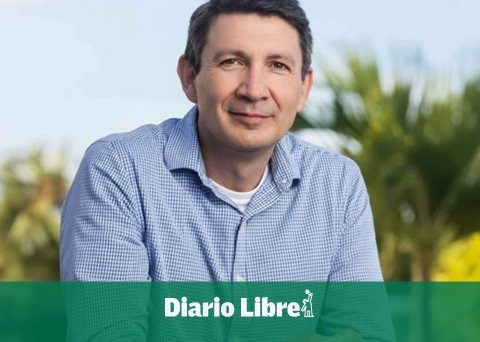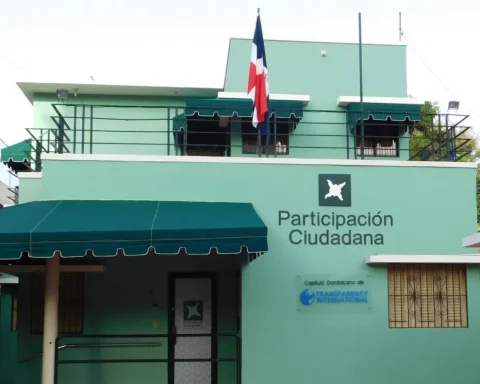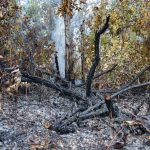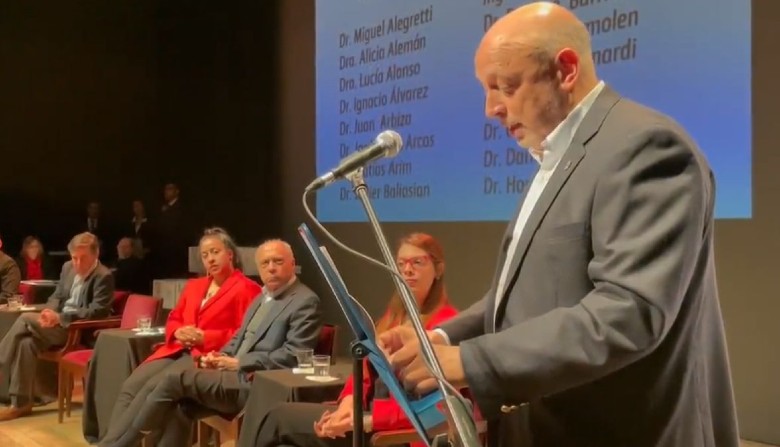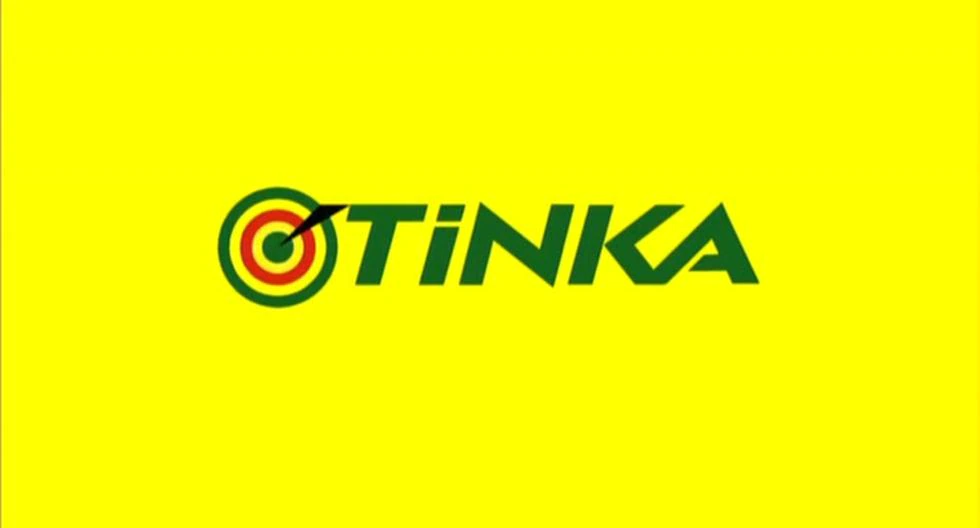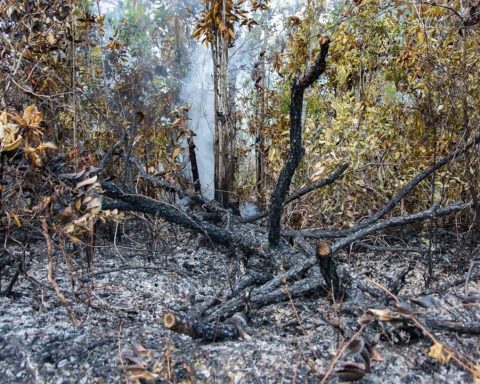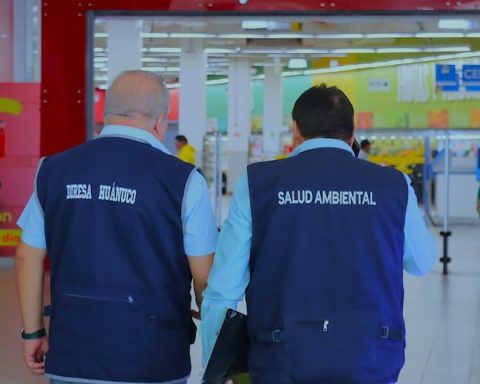In addition to the growing interest of companies and individuals in exploring to verify the existence of minerals metallic, such as Prayedsilver and copper, for exploitation purposes, since 2019 requests for minerals non-metallic such as limestone, basalt and siliceous sand.
The list that the General Directorate of Mining published on its website, updated as of August 31, 2022, reports more than 130 applications under review to explore minerals not metallic. The most recent is from August 12, to explore the values of limestone, calcium carbonate, magnesium carbonate and silica in the southern municipalities of Enriquillo and Oviedo.
The minerals Non-metallic do not have their own shine and do not conduct electricity. Limestone, for example, which is a sedimentary rock, is used to make cement, as an ornamental piece and for filling. Crushed, it is used to recover soil in agriculture and refine some metals. Although it is important for the economy, its exploitation has not been exempt from complaints from communities around the mines due to the impact on health of the dust that the works give off.
Contrary to the existence of only three concessions to exploit minerals metal, the General Directorate of Mining reports 101 of minerals non-metallic, limestone being the most exploited.
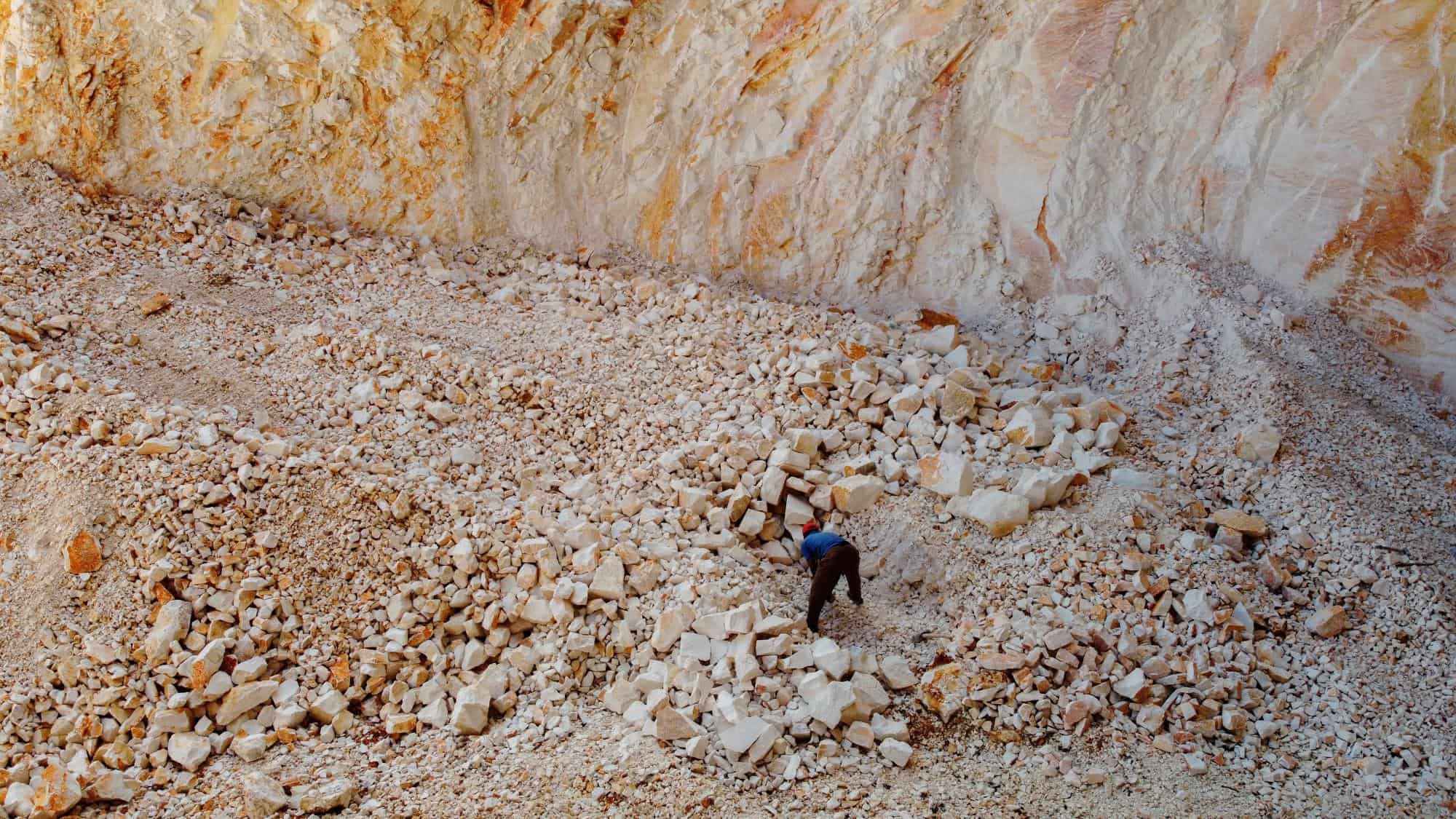
Non-metal products managed to maintain good production during the 2010-2019 period.
Only between 2019-2020, limestone and volcanic rocks, gypsum, clays, coralline limestone rocks and pozzolans stood out as the minerals non-metallic, which reflected the highest production volumes; a position they have maintained for the last 11 years, indicates a report on transparency in the mining sector published by the Ministry of Energy and Mines.
When the COVID-19 pandemic arrived, production decreased in 2020 due to sanitary measures and economic closures.
“The country has been able to develop and has been able to bring large hotels and has been able to build large highways because it has large deposits of materials that are used to make roads, to make buildings, to make hotels, that is, without that it would be more difficult and more expensive to develop “, he says Free Journal the head of the General Directorate of MiningRoland Munoz.
In the Caribbean, Cuba exploits nickel and has an important cobalt reserve; Jamaica has deposits of bauxite and limestone, and amounts of Prayed and copper in the development stage.
The Dominican Republic stands out among the Caribbean islands for its mineral reserves. Its potential is given by the geological formations in its geography, which are favorable for hosting deposits of minerals metallic and non-metallic, semi-precious stones and traces of hydrocarbons. From east to west of the island of Hispaniola, which it shares with Haiti, there is a mineral belt that runs through it.
The country has important deposits of bauxite and aluminum in Pedernales, ferronickel in Bonao, and Prayedsilver and copper in Pueblo Viejo, the latter considered world class.
The border and its reserves
The Ministry of Economy has indicated in one of its reports that the territorial space of the border between the Dominican Republic and Haiti houses “one of the minerals biggest in the world”.
In Pedernales there are also marble deposits; there are deposits of Prayed, silver and copper in the border provinces of Dajabón and Elías Piña; titanium in Montecristi; and oil reserves in Independencia and Montecristi.
Economy highlights that these reserves have generated interest from foreign investors and companies recognized in the miningsince many of the deposits have not had important exploitation experiences.
But the ministry observes that the advantages of local competitiveness that they represent for economic growth require specific actions for sustainable development policies, since the border area is home to the island’s main source of water: the most important basin in Haiti – the source of the Artibonito River-, and the most important basin of the Dominican Republic -the mouth of the Yaque del Norte River-.
Already in the border municipality of Restauración, in Dajabón, the Canadian mining company Unigold requested in February 2022 the permit to exploit Prayed in a concession called Los Candelones, after finding a deposit of 2.25 million ounces of the metal in almost 20 years exploring in the field.
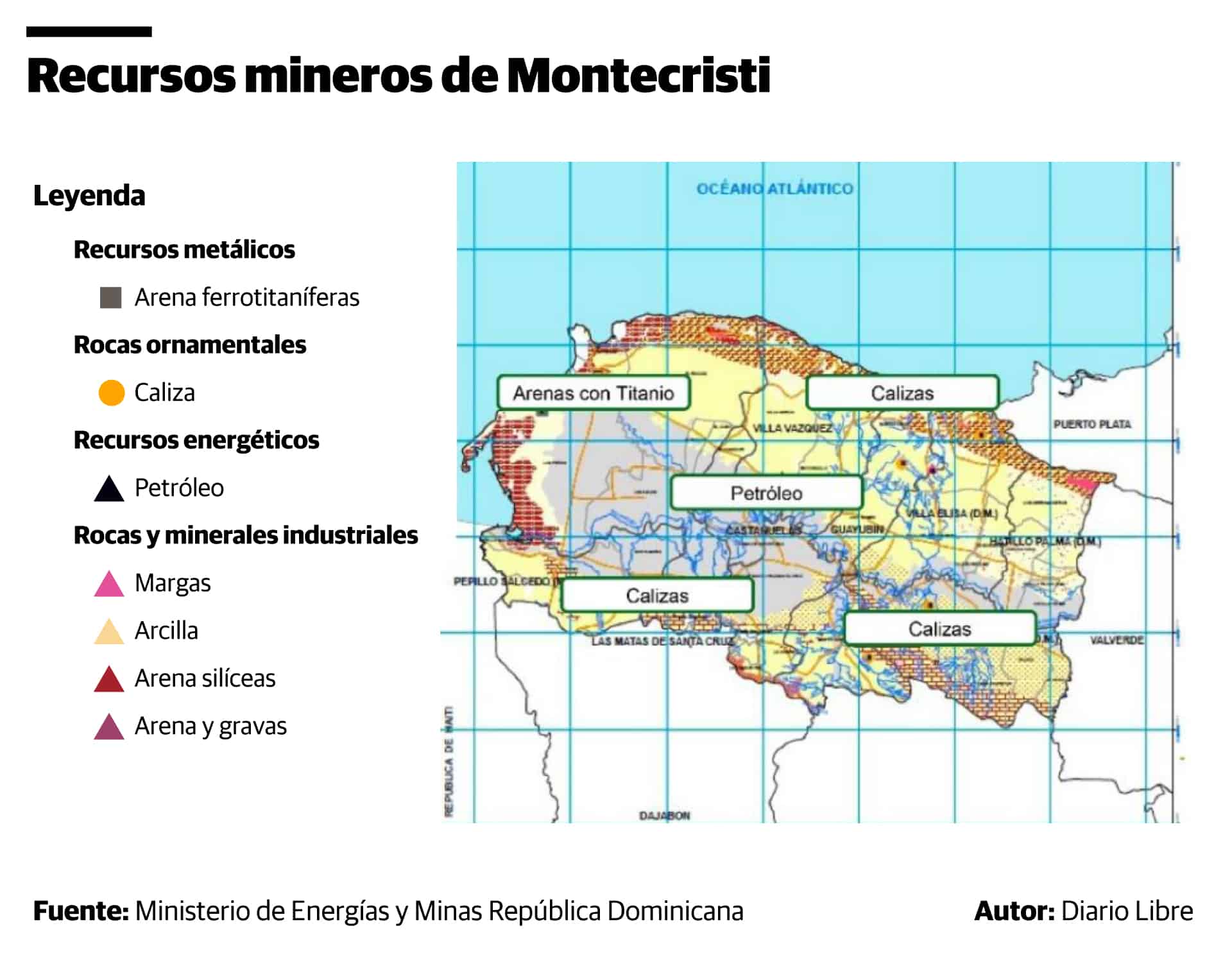
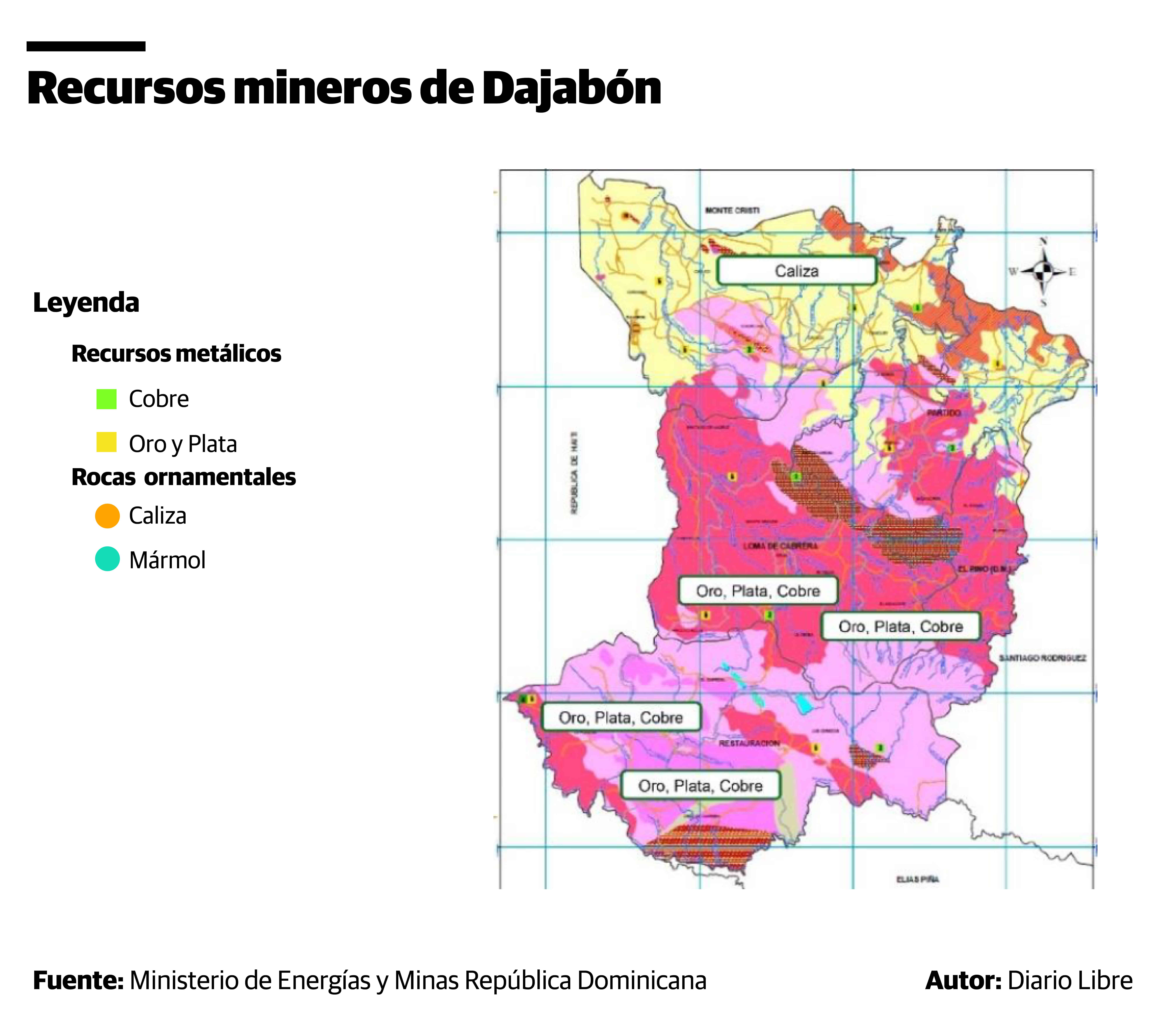
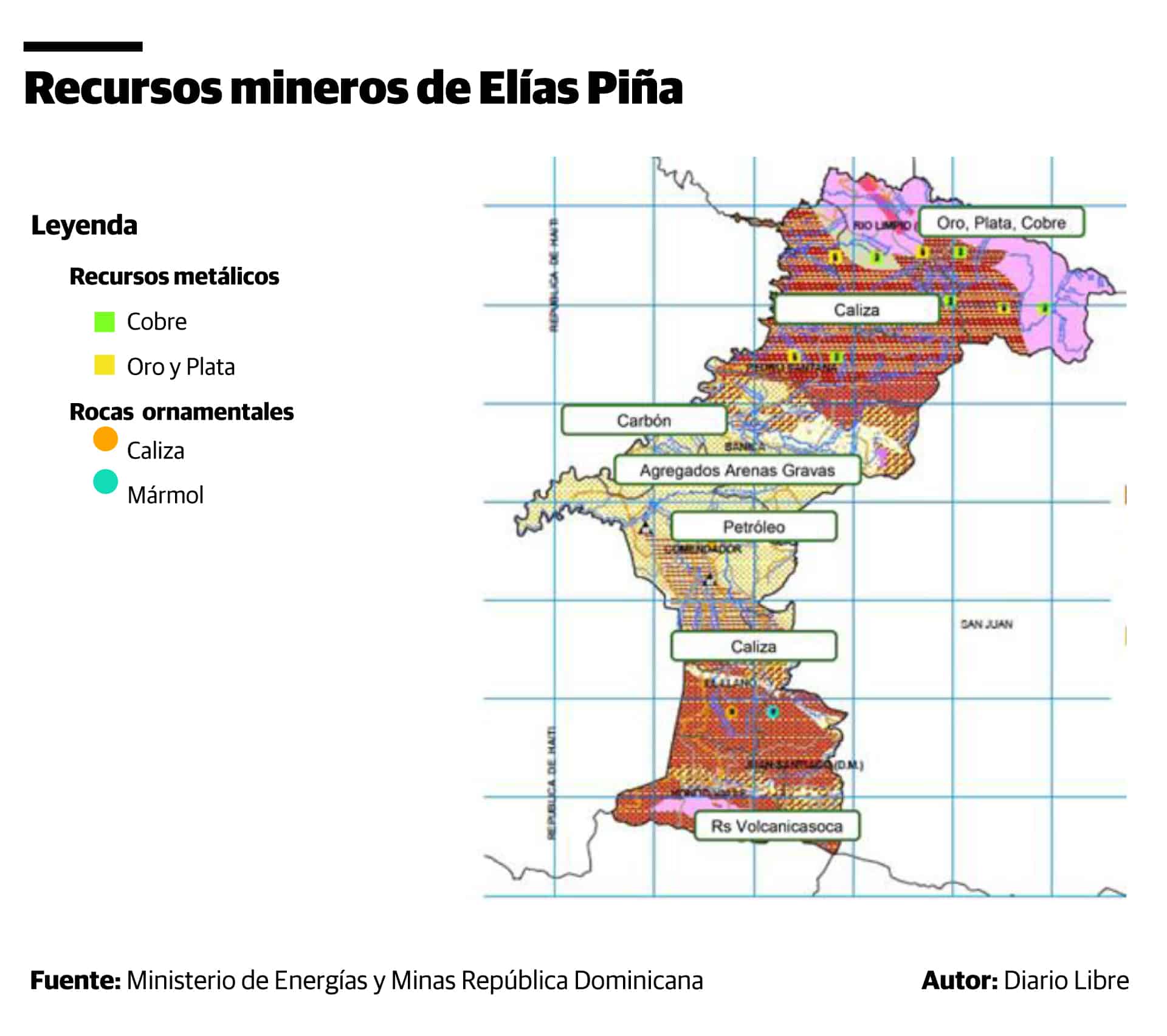
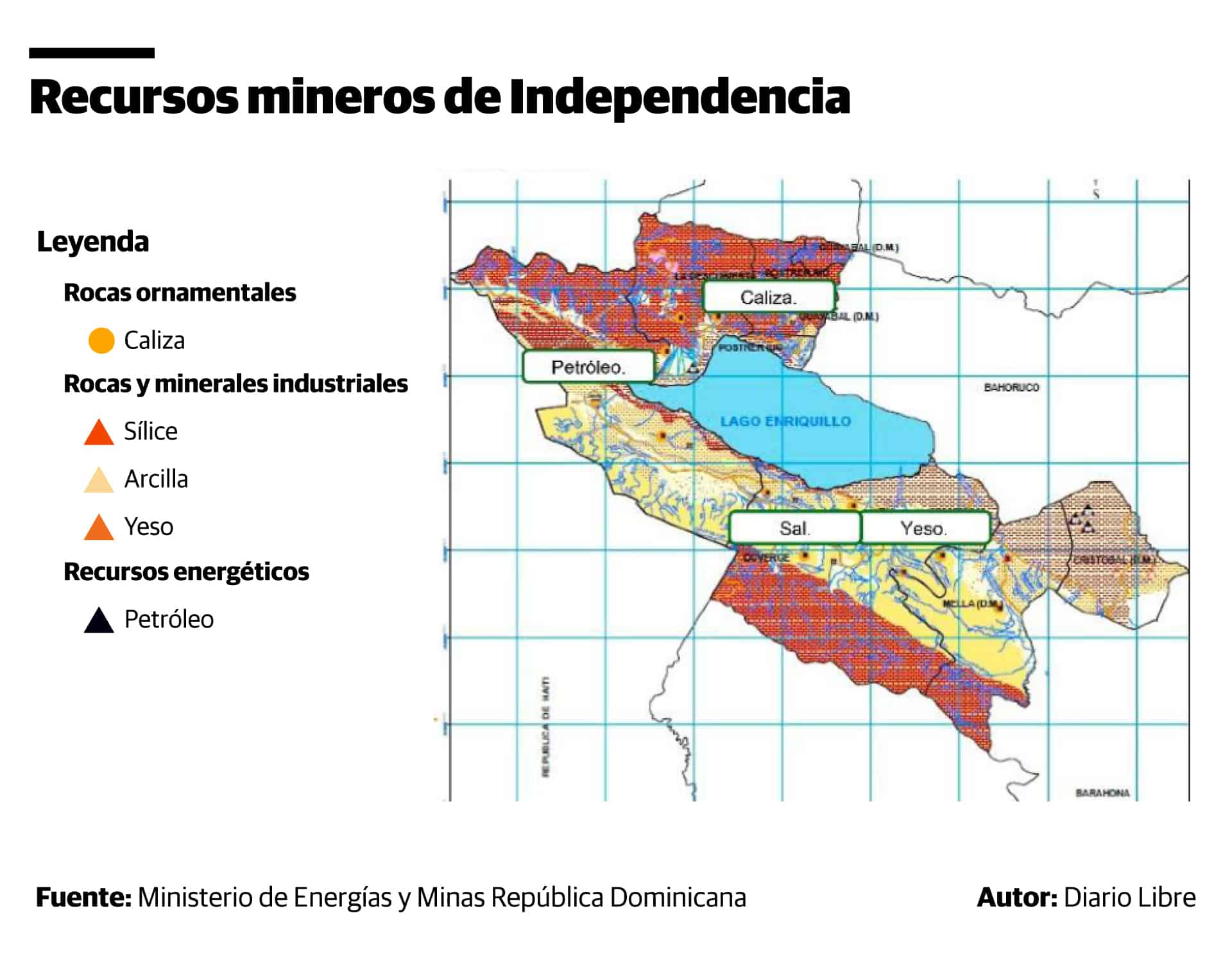
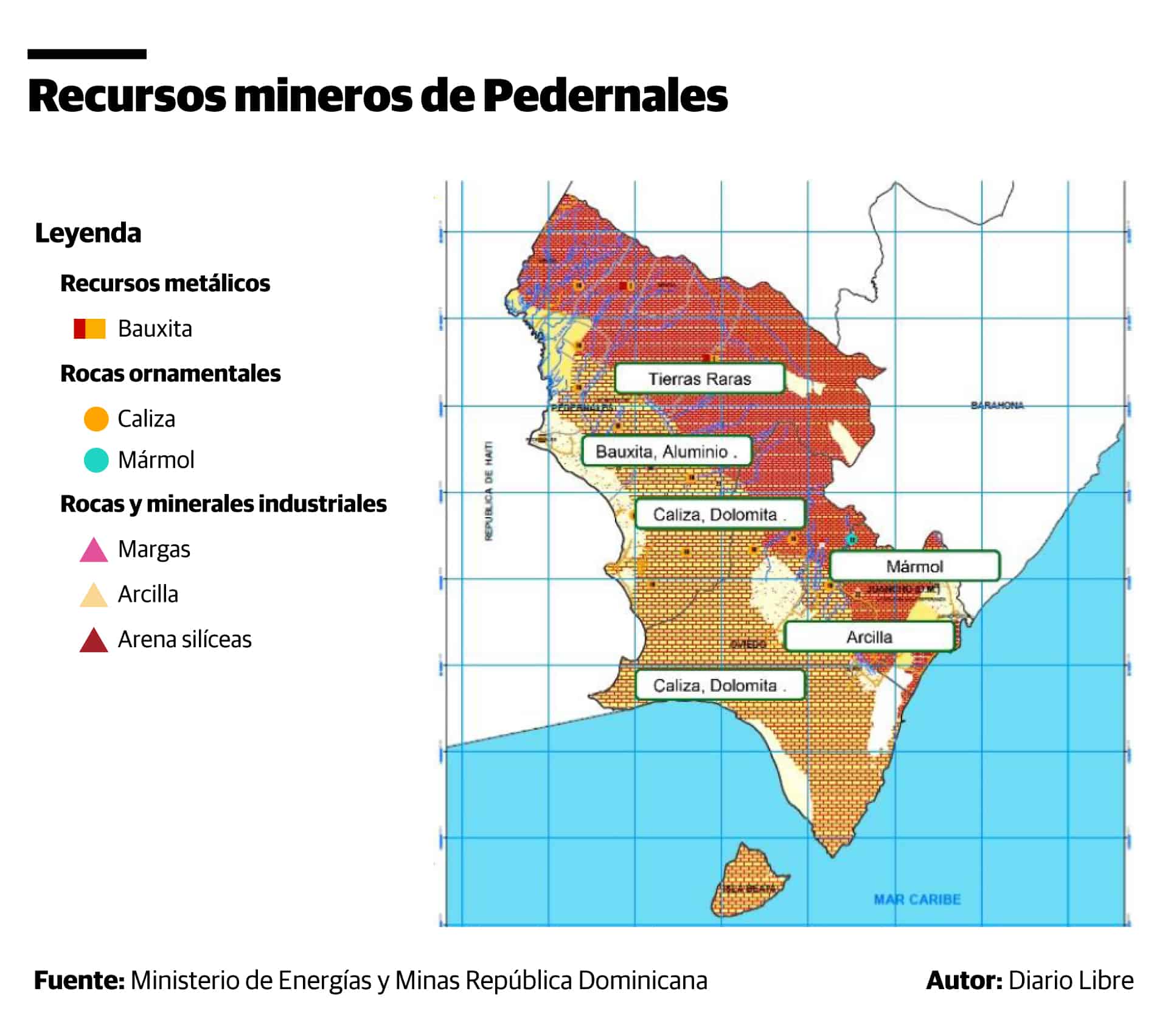
And what’s next in Haiti?
Since Haiti and the Dominican Republic share the island of Hispaniola, the geology doesn’t stop at the border.
“Haiti occupies the western part of the island of Hispaniola in the Caribbean region and has deposits minerals similar to the Dominican Republic, although Haiti’s resources have remained largely untapped. The geology of northern Haiti hosts numerous occurrences and prospects for copper, Prayed and silver”, highlights a report from the United States Geological Survey. In explorations carried out by American and Canadian companies, these metals were discovered.
The Dominican Ministry of Economy reported in 2016 that at that time Haiti was developing three exploration projects in the border area: La Miel, Ouanaminthe and Mont-Organisé.
According to what was cited by the ministry, the subsoil resources in the border departments of Haiti have been estimated at 20,000 million dollars.
But the explorations by foreign companies have been controversial in the country, immersed in deep poverty, social crisis and violence, since those who oppose the exploitation fear that the nation’s resources will be taken without leaving them benefits.
